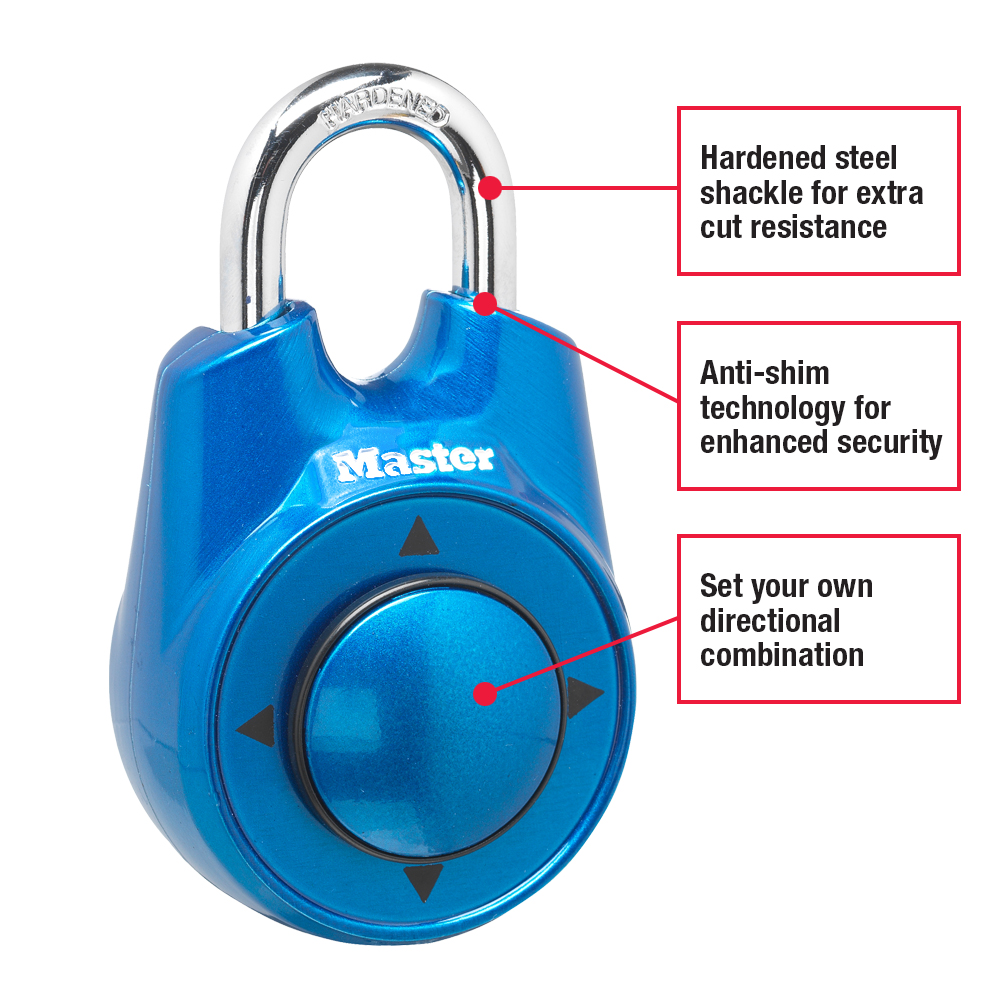
– Matte black: striking appearance combines traditional and modern styles, is a stylish and versatile choice suited for lock lever, knob, and other parts, keeps a lasting elegant look. The bright chrome does not have hue variation like satin chrome, just one reflective finish. – Bright chrome: a mirror-like finish for a contemporary or retro setting, rarely scratches, fades, or deteriorates. – Satin brass: brushed brass, a muted finish with textures, tends to a golden-brown color, bold without exaggeration, this kind of gold-tone has perfect low-key style. Yellow light indication means that the car has some issues that require attention but require no immediate. Red light indication means that your car is in serious problem and require immediate attention. Warning Light: Nissan illuminates warning light in three colors Red, Yellow and Green. – Bright brass: the clear-coated bright brass also known as polished brass, a highly reflective finish with a warm golden luster, very common in old colonial homes, easy to find, and match other accessories or fittings. List of 19 Nissan Dashboard Symbols and Meaning. – Oil-rubbed bronze: is easy to match accessories in chrome and stainless steel and also adds an aesthetic look. – Satin chrome: one of the most popular finishes, suitable for commercial hardware, it has a modern look that fits most of the decorating styles and very hard, durable and wear-resistant.
CHART OF ALL CODES FOR SPEEDDIAL LOCK PROFESSIONAL
Running the methods will give us the output below (truncated for brevity).As a professional lock cylinder machining company, Junying offers a variety of customization options for your lock parts, you can choose from a wide range of lock finishes, including US3(Bright Brass), US4(Satin Brass), US15(Satin Nickel Plated), US26(Bright Chrome), US26D(Satin Chrome), etc.Ĭommon Hardware Finish Codes and Description
CHART OF ALL CODES FOR SPEEDDIAL LOCK CRACKED
Likewise, it’s not really necessary to simulate the code being cracked in linear time, but it did provide an excuse to play around with Ruby time objects & methods. This was a clear cut case of coding for fun. It will not generate the absolute mathematical average, only the approximation based on \(n\) iterations. rom the best new equipment to our tried-and-true favorites, every product we recommend gets a thorough thrashing in all types of weather before we send it. Generates an average out of the number of seconds required to iterate up to a given combination (solve_time).Simulates an iteration through a randomized list of permutations using a given time delay (simulate).Creates a list of all 256 possible combinations (get_combinations).This was as good a reason as any to play around with a little Ruby. That said, the average time required to iterate towards the permutation is half that - or ~8.5 minutes. The value inside the arc represents the progress value. The shading represents the progress toward that goal. The line (or needle) represents the goal or target value. Therefore, the maximum possible time required to manually iterate through all 256 possible combinations is under 20 minutes. A radial gauge chart has a circular arc and shows a single value that measures progress toward a goal or a Key Performance Indicator (KPI). Given this, it takes approximately 3-4 seconds to reset a lock and attempt a combination pattern. How long would it take to iterate through the number of possible combinations? The Speed Dial lock requires a “reset” between each code attempt, in the form of the U-lock being depressed twice. Given that we are calculating permutations with repetition for 4 objects \(r\) from a set of 4 \(n\) : Let’s start with the number of possible permutations.

How meaningful is this? After all, these locks are not intended to secure bank vaults. Intuitively, it feels like security may have been sacrificed on the altar of convenience. The lock combinations are a little reminiscent of video game cheat codes, such as “Up”, “Up”, “Left”, “Right”. william wrote:I keep getting U3001 code, if i clear all codes then reconnect to forscan the code. It’s designed to be operated with one hand, with the central knob pivoting in 1 of 4 directions 4 times by default. U code are in the same table, have only different coding. The form factor is that of a traditional combination lock, but it is functionally different. Having recently been in the market for a new gym lock, I stumbled across the “Speed Dial” by Master Lock.

Security, Probability, and the Master Lock Speed Dial


 0 kommentar(er)
0 kommentar(er)
